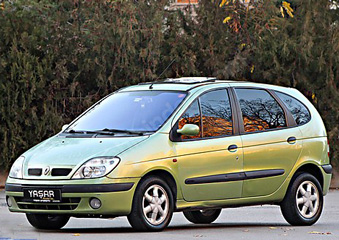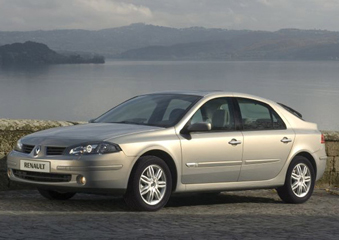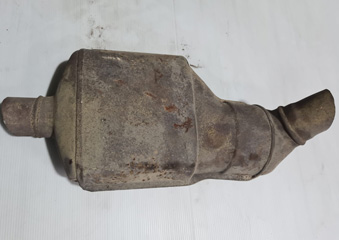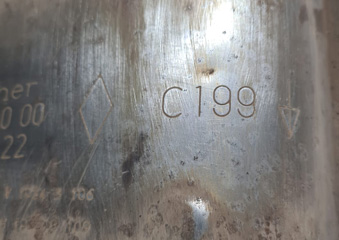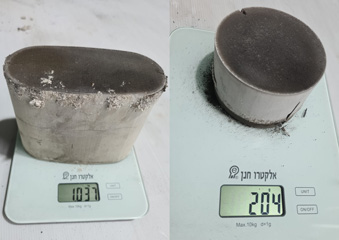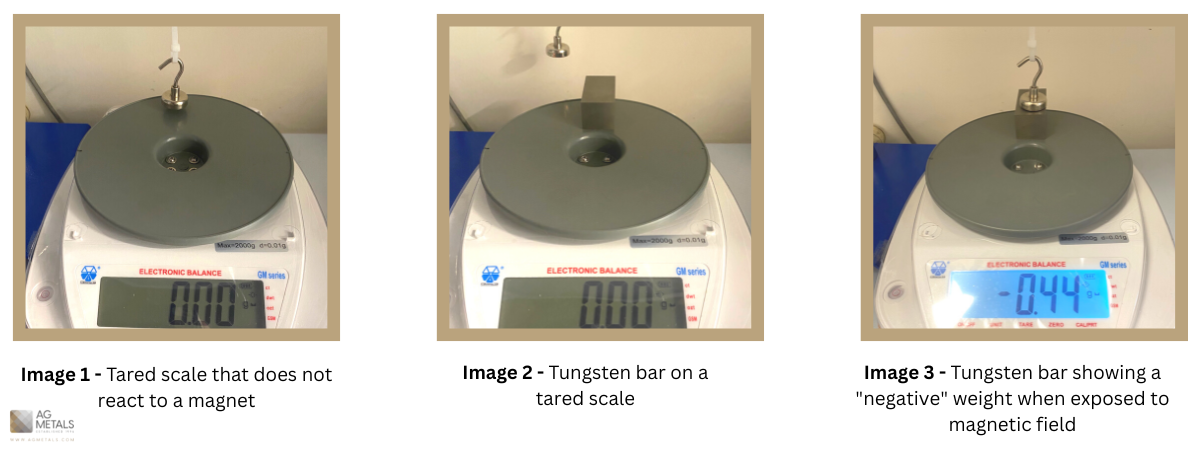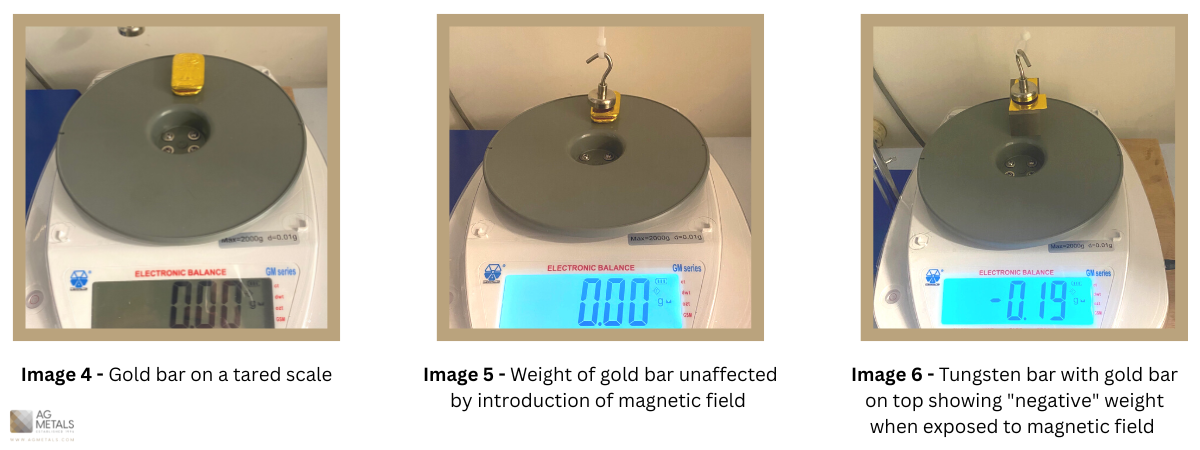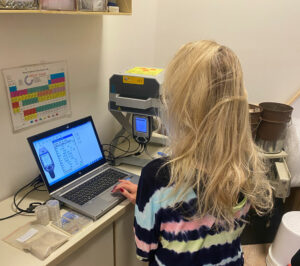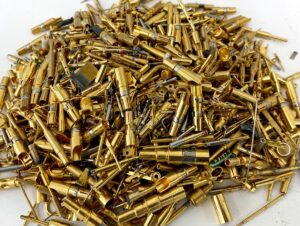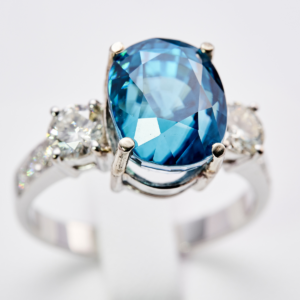CAR CATALYST OF THE WEEK & TIP OF THE WEEK
This week we present the Renault Megan and Scenic (2001-2002) Auto cat. serial #C199
Data
- Car Private
- Brand Renault
- Ref C199
Note: Please consider that the PGM (Pt, Pd, Rh) content might change from one catalytic to another (with the same serial #) due to its condition affected by mileage, weather conditions, etc. *Assay made with Niton XLT3GOLDD+
PRICE COMPARISON IN DIFFERENT APPS
TIP OF THE WEEK
Magnetism and How It Relates to Gold
Magnetism is the class of physical attributes that are mediated by a magnetic field, in which an object that creates a magnetic field repels or attracts another object due to magnetic forces. Magnetic forces are created as a result of motion of electric charges.
Substances can be divided into four different magnetic groups as follows:
Paramagnetic – Substances which become magnetic in the presence of magnetic field and are attracted to it. Once the magnetic field is removed, the substance loses its magnetic properties.
Ferromagnetic – Substances which become magnetic in the presence of magnetic field, but do not lose their magnetic properties when field is removed.
Diamagnetic – Substances that create an opposing magnetic force to the external field, meaning they are repelled by the magnetic field created. (The repelling properties are weak to the extent that diamagnetic materials are considered not magnetic at all; including: water, gold, bismuth and more).
Antiferromagnetic – Substances which create no magnetic field whatsoever even when an external magnetic field is introduced. This trait is limited to room temperature (as the temperature of the substance rises, it will display diamagnetic properties).
Now to the relation with gold:
Gold has a density of 19.3 g/cm^3, exactly that of tungsten, which is the reason why one of the ways to create fake gold bars is by forging a bar with a tungsten core, conserving the size and weight of a real gold bar.
Gold is diamagnetic – does not react to a magnetic field (and could even display a slight repulsion to it), whereas tungsten is paramagnetic – easily attracted to a magnetic field.
Due to this difference in magnetism, we can perform an experiment (with a strong magnet) which shows the change in the weight of a bar when its placed on a scale in the following way:
– Place the bar on a scale
– Tare the scale
– Introduce a strong magnet very close to the surface of the bar
In the event of a decrease in weight – we can conclude that the bar has a tungsten core and thus is fake. See the following series of images which present the experiment.
Important note – When performing this experiment, make sure that the scale itself does not include metal parts, which may be affected by the strong magnet and skew the results.
A.G. Metals
Ami Gur

